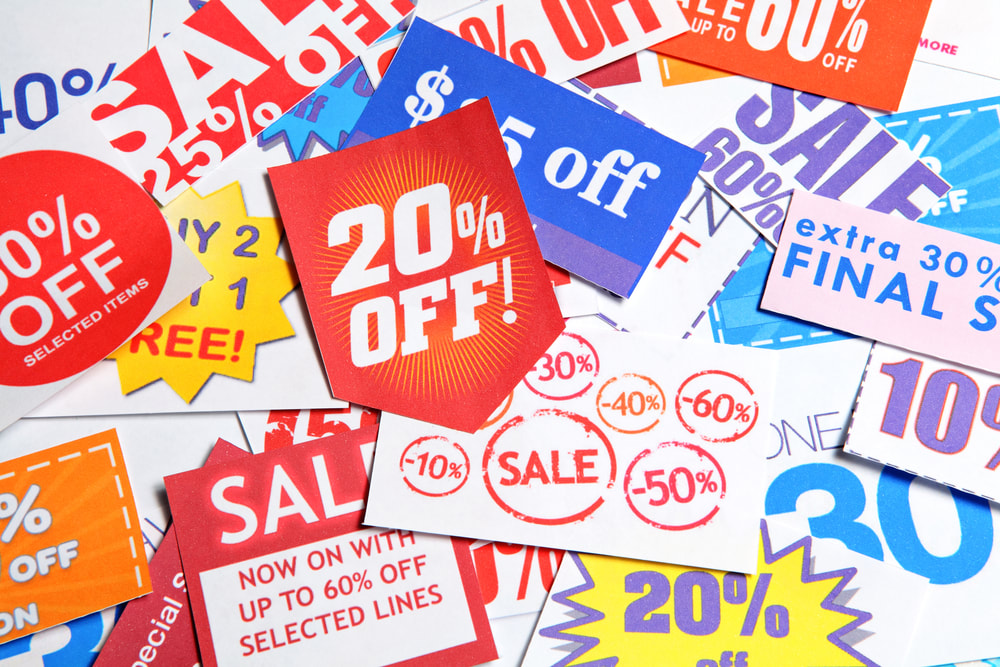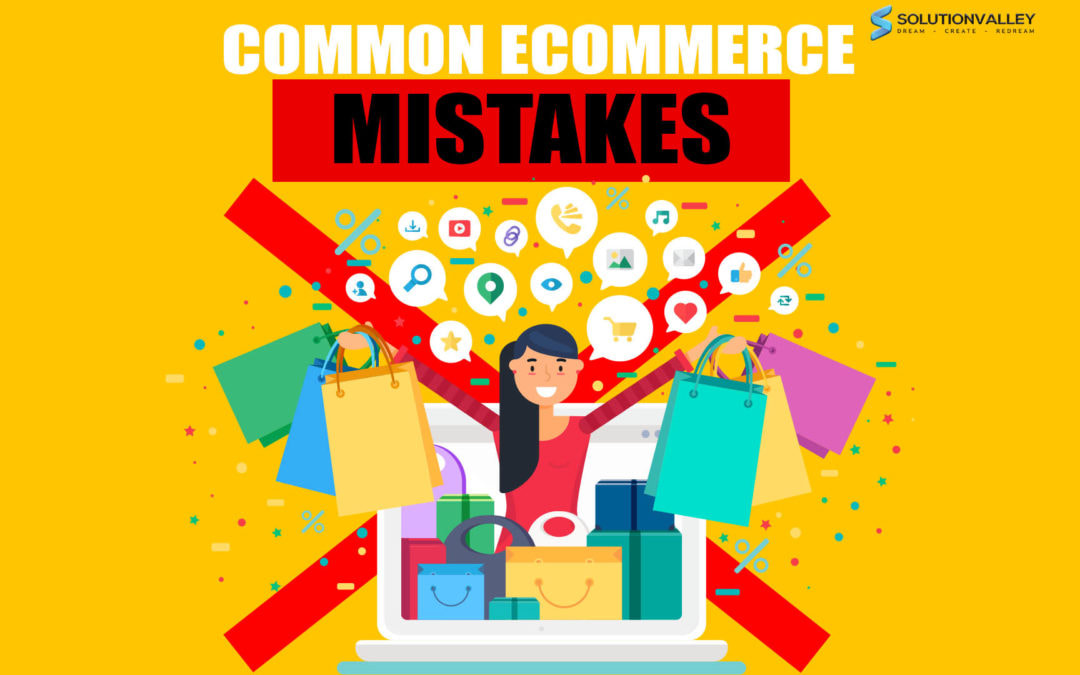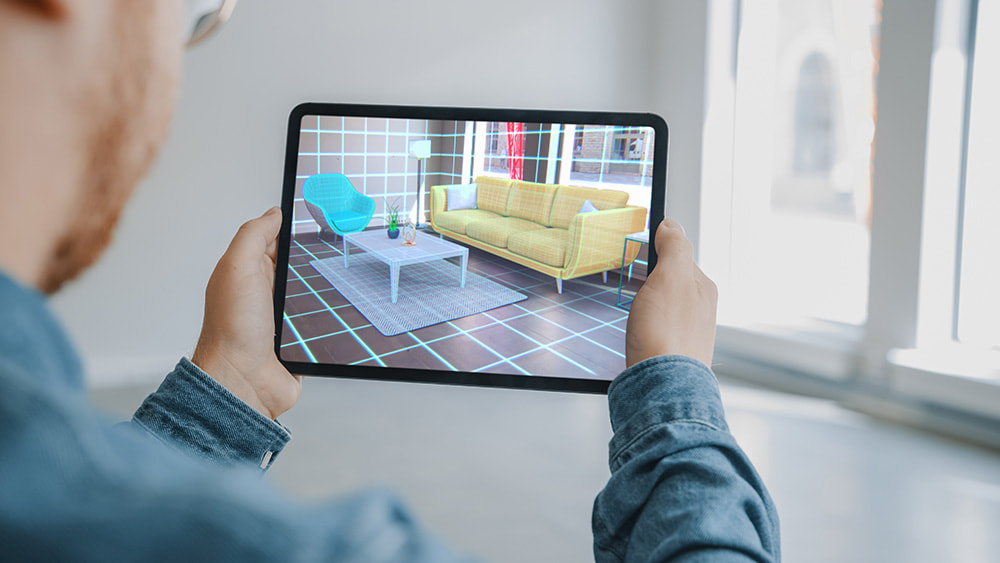|
Among dozens of considerations merchants of all type need to take to heart, one of the most impactful is offering reduced pricing either as part of a sale even to all or even to selected loyal customers. This has become a problem for many ecommerce vendors, especially. Discounts are well known to be magnets for new and existing buyers; in fact, for online commerce, they are a driving force in the skyrocketing rate of revenues year after year.
For larger e-sellers, discounts are a staple and a primary marketing tool. Giants such as Amazon use them to produce maximum revenues on a marginal basis, meaning they may profit more on the sheer number of sales, even if they take a loss on each individual transaction. But when is and is not a good time to slash prices? Here are some important factors to evaluate, broken into two categories -- advantages and disadvantages: The Yes Effect, or why offering sale prices is a great idea:
0 Comments
Balancing Lofty Ideas with Practical ImplementationsThe old adage goes something like this: “The road to hell is paved with good intentions.” We’ll back off of the hyper-dramatic element therein, while still making a solid point. And here it is: Attempting to ramp up your practical and technological upgrades can be a colossal failure for an ecommerce store if it is not prepared to make certain that it’s functional. Countless blogs—including ours—eagerly advocate for trending technology as a method of padding your bottom line. It’s simple to discover a new strategy that uses tech concepts to make your site more noticeable and competitive, and even simpler to share it as a fabulous way to help you sell. The downside of this unfolds when the execution goes south, and disappointment ensues. This blog post represents a reversal of our typical entries, for good reason. It’s equally important to avoid errors as it is to take advantage of popular, accelerating trends. Here are some examples, pulled from past suggestions we and others have made:
The dizzying pace of futuristic strategies to enhance your online store has a somewhat new entry, and you might want to pay attention. Enter “augmented reality,” or AR, to the mix of methods for capturing and keeping a customer base devoted to revisits. This is a proven hack to showcasing the best of your product mix. The definition of augmented reality is an overlay of computer-generated imaging over an authentic environment. In lay terms, it means AR picks up on an element in the real environment, then inserts objects related to it using varying levels of interactivity. Sound complicated? It may, but as with any emerging technology, there is plenty of help to get you started. First, evaluate how useful it will be to your business. If your products are heavy on design (as opposed to strictly functional and generic), AR can make them come to life for potential buyers. All smart phones are equipped with AR-capable functionality. Beyond this, the visualization customers experience will put into context how the product will work in their everyday world. This is an ingenious invention. Let’s talk numbers.
The perks of augmented reality are obvious. Whether you sell fashion, sporting equipment, home goods, or gardening tools, the ability to craft a moving image of how your products will appear in the real life scenario is invaluable. Furniture sellers may allow potential buyers to superimpose a sofa into their living room using AR over a smart phone, which saves them the trouble of imagination. You get the idea. It’s the next-level boost for remote commerce that is sorely needed. But there are restrictions, naturally. Smart phone viewing scales down the actual size to virtual size. Though phone users are accustomed to this adjustment, it’s not perfect as a way to present your products. Counter this by getting tutored on a more streamlined, effective presentation. Cost is another issue, as many e-tailers are budget-conscious. Complex apps for AR can be spendy. Consider this as part of your deliberations, taking into account the importance and likely success of capturing buyers through virtually real imaging. There are other drawbacks, but also other definite pluses that aren’t mentioned here. Your best bet is to research, research, research. Start here for a comprehensive primer on how to make this technology work for you. If augmented reality is not for you now, it may be in the future as your online store grows. Keep in mind its robust features and potential, and continue to study AR as its technology advances. But if you’re ready to take the plunge, there’s no time like the present. |
Archives
October 2021
Categories
All
|







